How to Have a Reindeer Ready Roof This Christmas
If you’ve ever been up on your roof, you know that sometimes it can be pretty difficult to walk around on, especially without some kind of safety...
Owning a home comes with a set of responsibilities, and one of the most important tasks is ensuring the integrity of your roof. Your roof is your home's first line of defense against the elements, and regular roof inspections play a vital role in maintaining its health and functionality.
Our team at On Tops Roofing has been working with homeowners in the Raleigh, North Carolina area to help people learn more about their roofs, and providing inspections to catch problems early. We’ve been inspecting roofs for over 30 years, so we’ve come to understand just how valuable it is to have your roof inspected regularly.
In this blog, we'll explore:
Alright, let's jump in!
When conducting a roof inspection, a reputable roofing professional will assess several critical aspects of your roofing system. These include the ventilation, roofing materials, roof decking, flashing, and gutters.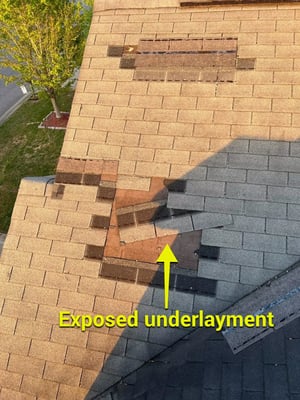
To begin, the contractor will ascend the roof to examine the condition of the roofing shingles or panels, as well as the flashing and penetrations. The state of the shingles is a crucial factor in determining the necessary repairs for your roof. If significant wear is evident across the roof, it may indicate the need for a complete roof replacement, as the shingles are likely approaching the end of their functional lifespan. The inspection will also focus on identifying any leaks or damages in the penetrations and flashing while ensuring that the gutters are free from clogs and that water is not backing up onto the roof.
In cases where conclusive evidence regarding leaks or conditions on the roof is not obtained, the inspector may request access to the attic. Inside the attic, they will inspect the ventilation system and roof decking. Careful examination of the wooden roof decking will be conducted to detect any signs of rot or water damage. Additionally, the inspector will assess the adequacy of the attic ventilation to ensure sufficient airflow. Proper ventilation is essential for the longevity of your roof, as inadequate airflow can lead to heat buildup, which can accelerate shingle adhesive deterioration and potentially cause condensation in the roof decking.
Once the thorough assessment is complete, the inspector will compile a comprehensive report that includes detailed images of any damage found. This report will provide you with a clear understanding of the issues identified and the inspector's conclusions. This information will prove invaluable in making informed decisions regarding necessary roof repairs or potential replacement.
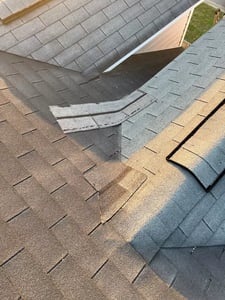 Proactive Roof Maintenance: Regular roof inspections are a proactive approach to roof maintenance. Instead of waiting for a problem to arise, inspections allow you to identify and address potential issues before they escalate into major repairs or replacements. By being proactive, you can save time, money, and the stress associated with unexpected roofing problems.
Proactive Roof Maintenance: Regular roof inspections are a proactive approach to roof maintenance. Instead of waiting for a problem to arise, inspections allow you to identify and address potential issues before they escalate into major repairs or replacements. By being proactive, you can save time, money, and the stress associated with unexpected roofing problems.
Identifying Potential Issues: Roof inspections help identify potential issues that may not be visible to the untrained eye. From damaged shingles and flashing to signs of water intrusion, inspections can reveal early warning signs that something may be amiss. Detecting these issues early on allows for prompt repairs, preventing further damage and extending the life of your roof.
Long-Term Advantages: Timely detection and repair of roof problems offer long-term advantages. By addressing minor issues promptly, you prevent them from developing into more significant and costly problems. Regular inspections and maintenance can significantly extend the lifespan of your roof, saving you money in the long run.
While professional inspections are recommended, homeowners can also perform their own visual inspections to supplement regular professional assessments. Here are some practical tips to help you conduct a visual inspection of your roof:
Safety First: Before climbing up to inspect your roof, ensure your safety by using a sturdy ladder, wearing appropriate footwear, and being cautious of your surroundings. If you feel uncomfortable or unsure, it's best to hire a professional.
Exterior Inspection: Start by examining your roof from the ground. Look for any visible signs of damage, such as missing or curled shingles, cracked flashing, or areas of sagging. Binoculars can help you get a closer look without risking your safety.
Interior Inspection: Go into your attic and inspect the underside of your roof. Look for signs of water damage, such as stains, mold, or dampness. Check for any daylight entering through the roof, as this could indicate gaps or leaks.
Gutters and Downspouts: Clear out any debris from your gutters and downspouts to ensure proper drainage. Clogged gutters can lead to water backup and potential roof damage.
Documentation: Take photos or make notes of any visible issues you observe during your inspection. This information will be useful when discussing your findings with a roofing professional.
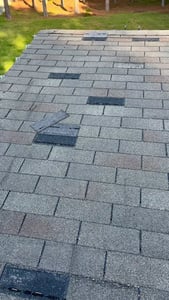
While DIY inspections are beneficial, it's essential to have your roof professionally inspected at least once a year. Professional roof inspections offer several advantages:
Expertise: Roofing professionals have the training and experience to detect even subtle signs of roof damage. They can identify issues that may go unnoticed during a visual inspection and provide an accurate assessment of your roof's condition.
Safety: Professional roofers are equipped with the necessary safety gear and have the expertise to navigate your roof safely. They are aware of potential hazards and can conduct thorough inspections without putting themselves at risk.
Comprehensive Assessment: Professional inspections encompass a thorough evaluation of your entire roofing system, including the underlayment, flashing, ventilation, and other components. They can identify underlying issues that may impact the long-term performance of your roof.
Timely Repairs: If any issues are detected during a professional inspection, roofers can recommend and perform necessary repairs promptly. They have the knowledge and skills to address problems effectively, ensuring the structural integrity and longevity of your roof.
Regular roof inspections are essential for maintaining the health and longevity of your roof. By being proactive and addressing potential issues early on, you can save yourself from costly repairs and protect your home from water damage and other associated problems. Remember to conduct your own visual inspections regularly and schedule professional inspections at least once a year. With a proactive approach and the assistance of roofing professionals, you can ensure that your roof continues to provide the protection and security your home needs for years to come.
On Tops Roofing has been inspecting roofs since we opened our doors in 1991. We’ve ben trusted by over 15,000 Raleigh homeowners, so whatever it is that your roof needs, We’re on it!
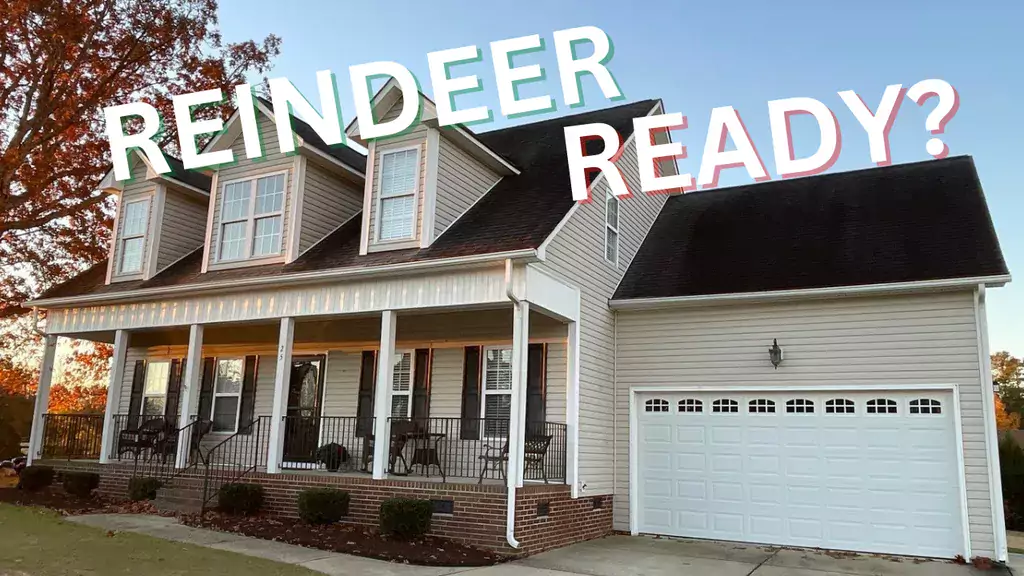
If you’ve ever been up on your roof, you know that sometimes it can be pretty difficult to walk around on, especially without some kind of safety...

The first crucial step in a successful roof replacement is finding the right roofing contractor. With numerous roofing companies in the area, it can...
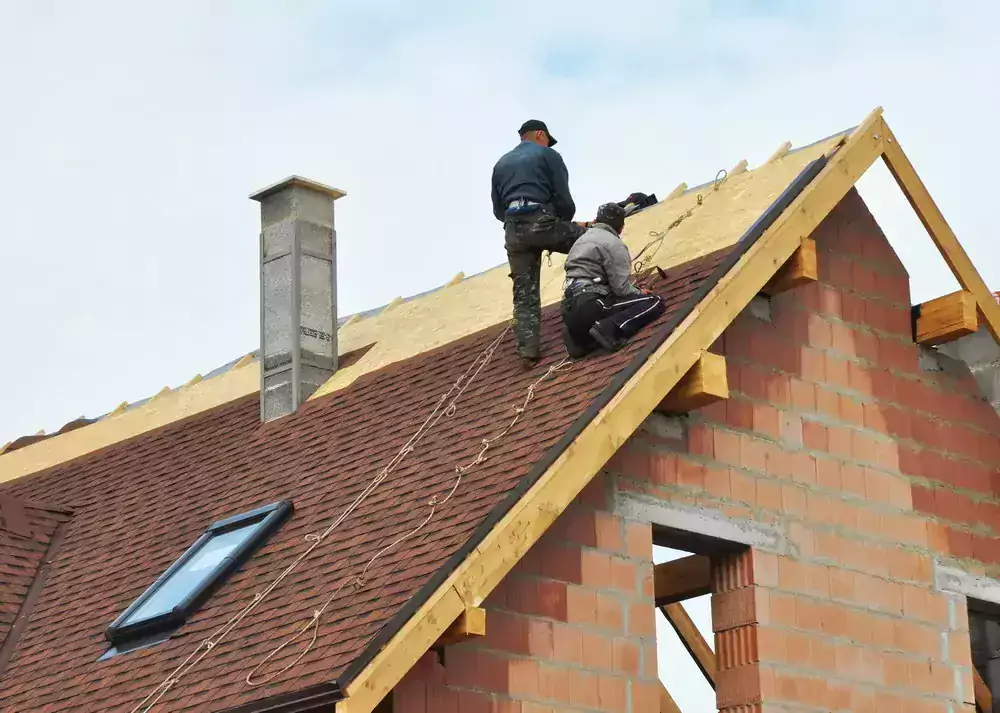
Your roof is your home’s first line of defense against wind, rain, hail, and heat. It’s regularly exposed to weather hazards and other harsh elements...